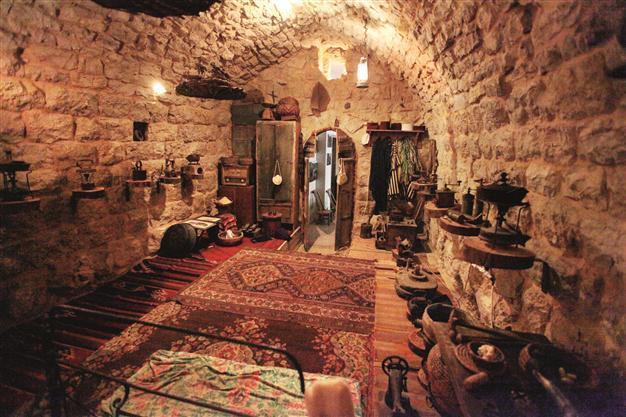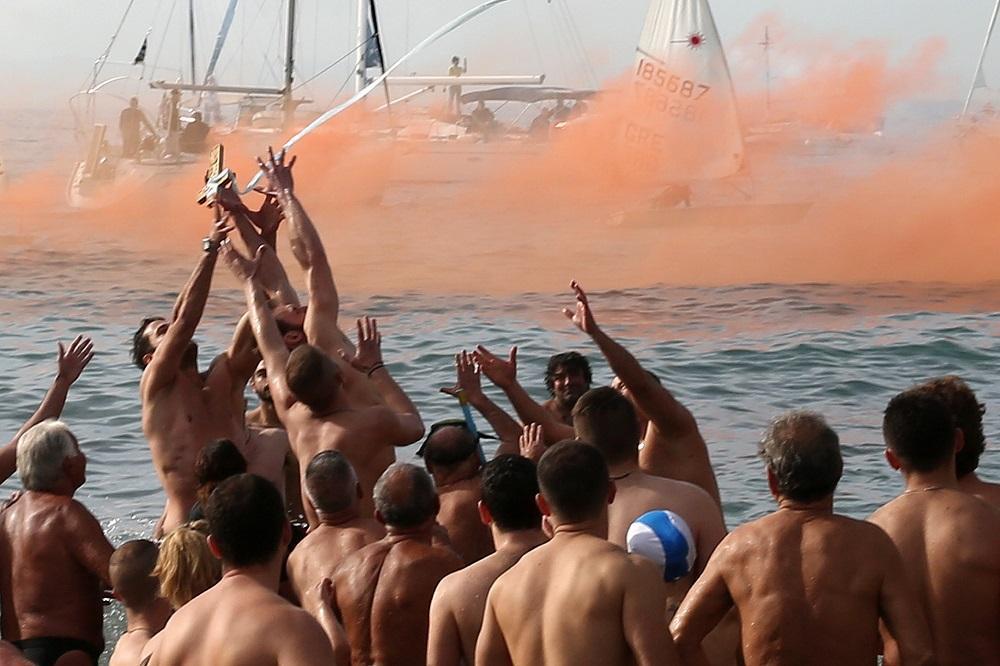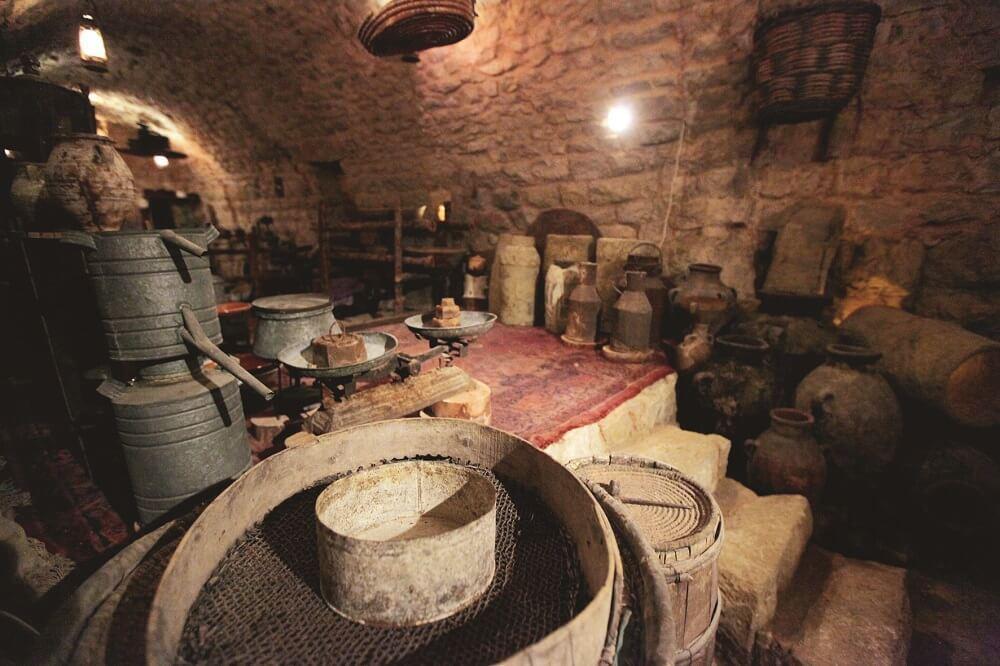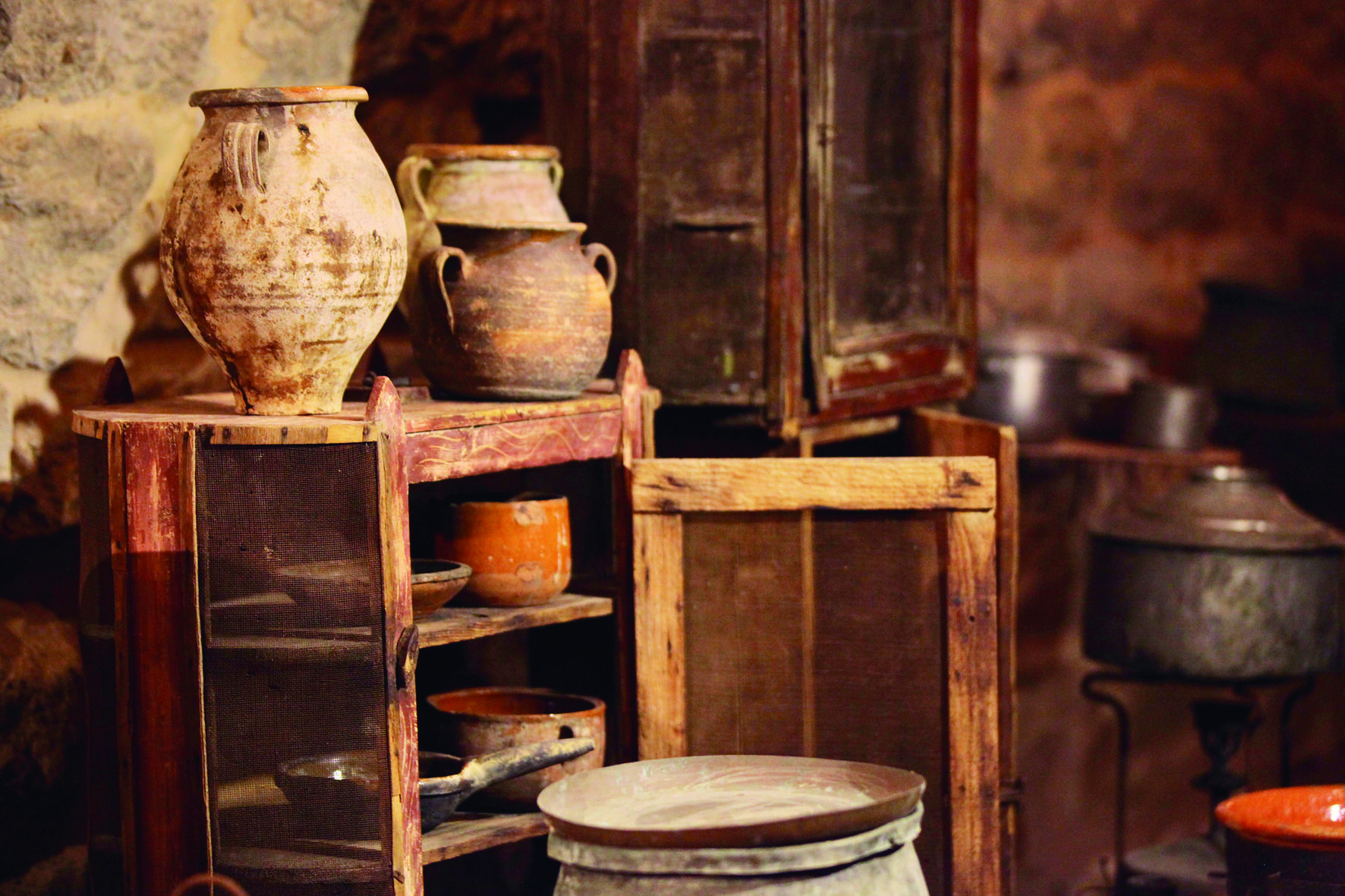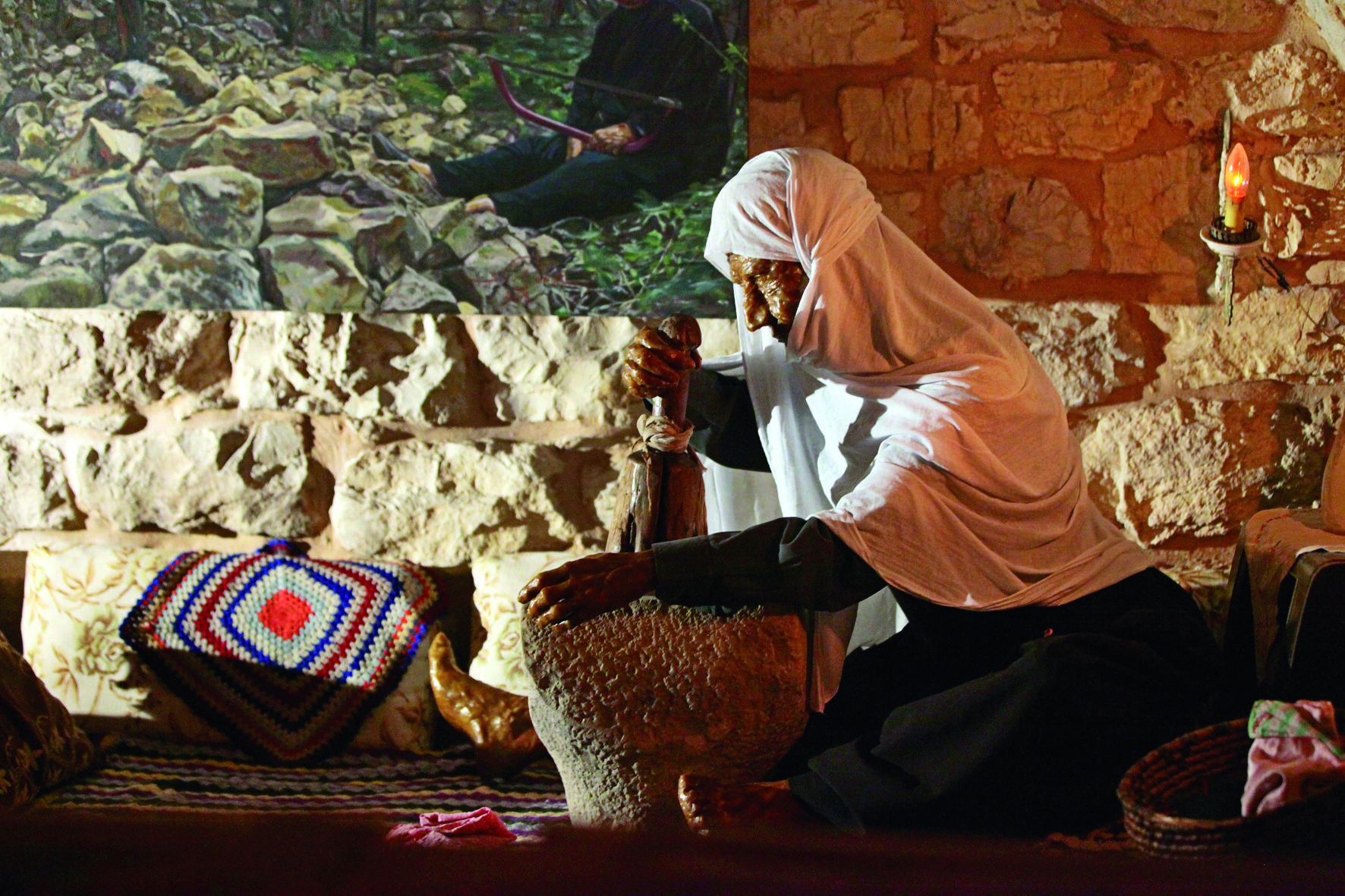Ottoman cellars turned into ‘Cave of Arts’ museum
JAHLIEH, Lebanon – Anadolu Agency

AA Photos
There is a unique museum in the heart of the Lebanese village of Jahlieh. Housed in Ottoman-era cellars, the museum aims to preserve the village’s cultural heritage.
Ghandi Bou Diab, a Lebanese artist from Jahlieh, which is located on Mount Lebanon, established the museum and named it the “Cave of Arts.”
He has been collecting anything that is relevant to Lebanese heritage in general and Druze heritage in particular for the past 25 years.
The Druze are an Arabic-speaking monotheistic faith group concentrated mostly in the Levant.
The collectibles from the village people’s heritage include: mosaics, mud brick walls and roofs made of old rugs and brooms. Also on display are oil paintings that tell nostalgic stories, painted by Bou Diab himself and other artists, which remind visitors of Lebanon’s beautiful history.
These cellars have turned into an important touristic attraction for those interested in Lebanese heritage.
Inside the museum, an old coffee bean grinder lays close to a Mahdellah, an old tool used in making rooftops.
They both sit on a woolen rug known as a “bast” surrounded by a stone spice grounder, an old sewing machine and clay jugs.
As for plowing and harvesting tools, decades-old sickles, axes and wooden plows hang on the walls.
Bou Diab explained how the idea to establish the museum came about.
“All the old tools currently on display here were becoming forgotten after being used by the last generation and the generation before that. I am trying to preserve the tools that are threatened by extinction in our lives and entrench them in our memories,” he said.
“We are working to connect the new generation with the old through the Cave of Arts, which collects the past and presents it in an elegant way,” he said.
Chambers for secret Ottoman meetings
He added that the cellars “were used in the Ottoman-era as chambers for secret meetings. They were then turned during the Lebanese Civil War [1975-1990] into bunkers where villagers would hide from the shelling. After the end of the war, I immediately started to turn these cellars into a touristic cultural and heritage museum.”
The cellars are divided into three sections: the first holds paintings and tools, particularly of Druze heritage, the second specializes in farming and plowing tools and the basis of an ancient house and the third is called “Bait Sitti,” or “My Grandmother’s House,” which contains another old house.
There is also a special wing for Byzantine mosaics.
According to Bou Diab, the Cave of Arts has been embraced by local villagers and Lebanese people from different areas. It has also been considered an important place to visit by Arab and foreign tourists and Lebanese school and university students.
The obstacles the museum faced during its establishment continue to this day, Bou Diab said, claiming the state of Lebanon “falls short toward artists and innovators, maybe because of the complicated political situation.”
He said there was “assistance from the Ministry of Culture to the Cave of Arts, but the assistance remains minimal.”
Diab called on the Lebanese ministries concerned with culture, heritage, and tourism and Arab and international organizations to increase their interest in “such valuable heritage locations and support them.”
